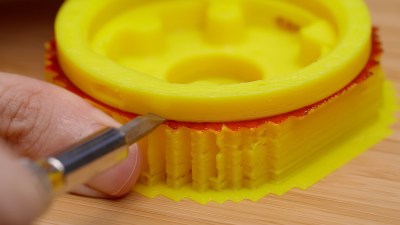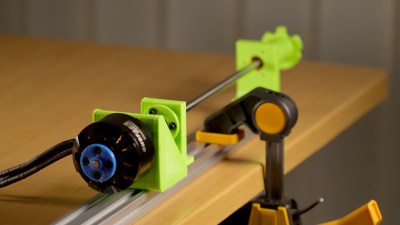Using USB for powering devices is wonderful, as it frees us from a tangle of incompatible barrel & TRS connectors, not to mention a veritable gaggle of proprietary power connectors. The unfortunate side-effect of this is that the obvious thing to do with power connectors is to introduce splitters, which can backfire horribly, especially since USB-C and USB Power Delivery (USB-PD) were introduced. The [Quiescent Current] channel on YouTube recently went over the ways in which these handy gadgets can literally turn your USB-powered devices into a smoldering pile of ashes.
Much like Qualcomm’s Quick Charge protocols, USB-PD negotiates higher voltages with the power supply, after which this same voltage will be provided to any device that’s tapped into the power supply lines of the USB connector. Since USB-C has now also taken over duties like analog audio jacks, this has increased the demand for splitters, but these introduce many risks. Unless you know how these splitters are wired inside, your spiffy smartphone may happily negotiate 20V that will subsequently fry a USB-powered speaker that was charging off the same splitter.
In the video only a resistor and LED were sacrificed to make the point, but in a real life scenario the damage probably would be significantly more expensive.
Continue reading “Why USB-C Splitters Can Cause Magic Smoke Release”



















